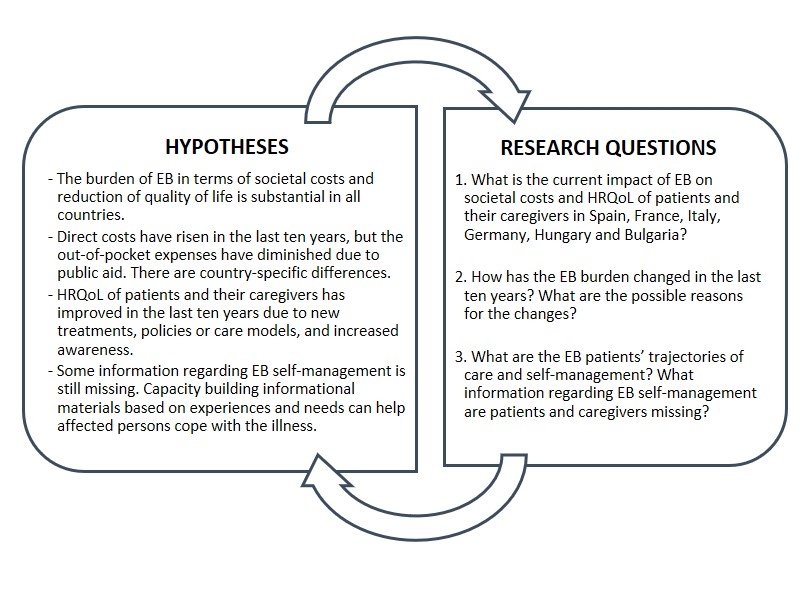Featured posts
(Български) Д-р Мила Байчева лектор на XIIІ Национална конференция за редки болести и лекарства сираци
Sorry, this entry is only available in Bulgarian.
(Български) Проф. Валерия Калева – лектор на XIIІ Национална конференция за редки болести и лекарства сираци
Sorry, this entry is only available in Bulgarian.
(Български) Проф. Емил Паскалев – лектор на XIIІ Национална конференция за редки болести и лекарства сираци
Sorry, this entry is only available in Bulgarian.
(Български) Доц. Анета Иванова – лектор на XIIІ Национална конференция за редки болести и лекарства сираци
Sorry, this entry is only available in Bulgarian.
(Български) Проф. Пенка Переновска – лектор на XIIІ Национална конференция за редки болести и лекарства сираци
Sorry, this entry is only available in Bulgarian.
(Български) Доц. Светлан Дерменджиев – лектор на XIIІ Национална конференция за редки болести и лекарства сираци
Sorry, this entry is only available in Bulgarian.
(Български) Проф. Радка Тинчева – лектор на XIIІ Национална конференция за редки болести и лекарства сираци
Sorry, this entry is only available in Bulgarian.
(Български) Проф. Виолета Йотова – лектор на XIIІ Национална конференция за редки болести и лекарства сираци
Sorry, this entry is only available in Bulgarian.
Institute for Rare Diseases’ 11-th EU project launched – BUR-EB: Changes in the Socio-economic Burden of Epidermolysis Bullosa in Europe
![]()
Epidermolysis Bullosa (EB) is a rare genetic skin disorder with no cure that places an enormous social and economic burden on patients and their families. Studies on this burden are scarce. The BUR-EB project aims to estimate the socio-economic burden of EB in 6 EU countries (Spain, France, Germany, Italy, Hungary and Bulgaria), and to compare it to data collected 10 years ago in the BURQOL-RD project.
Data related to the impact of EB on every-day life will be collected from affected persons and their caregivers via an anonymous survey in collaboration with clinicians and patient organizations (DEBRA). Based on the results, information materials will be developed to help patients and their families cope better with the illness.
BUR-EB offers an opportunity to observe how the social and economic impact of EB has changed over the last decade and how these changes could be related to the health and social policies implemented during that period.
More info you can find on the BUR-EB project website.

